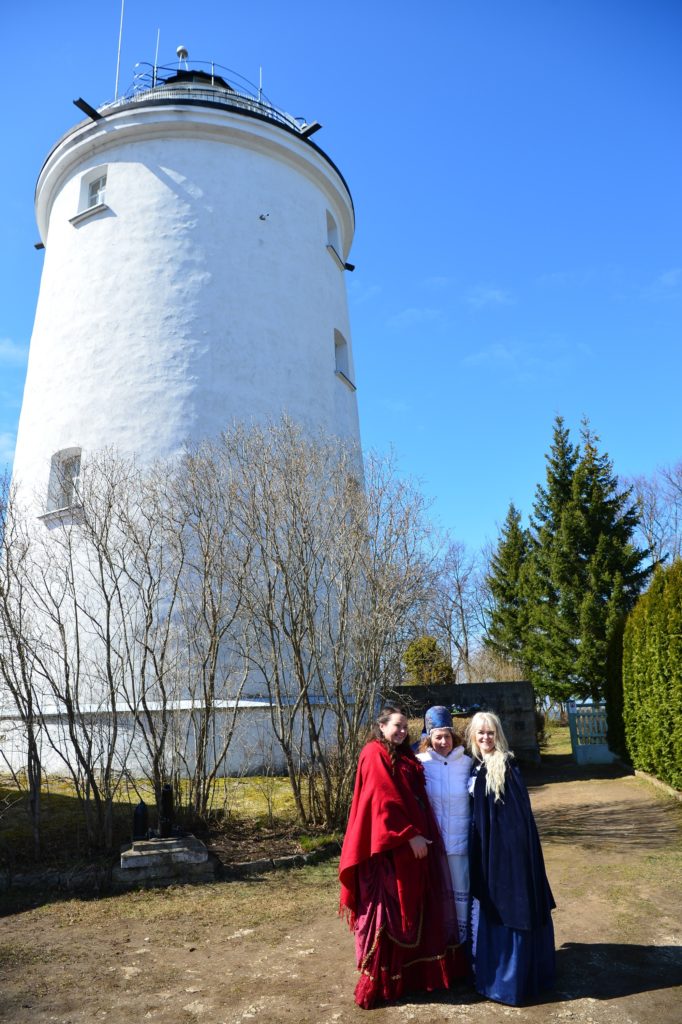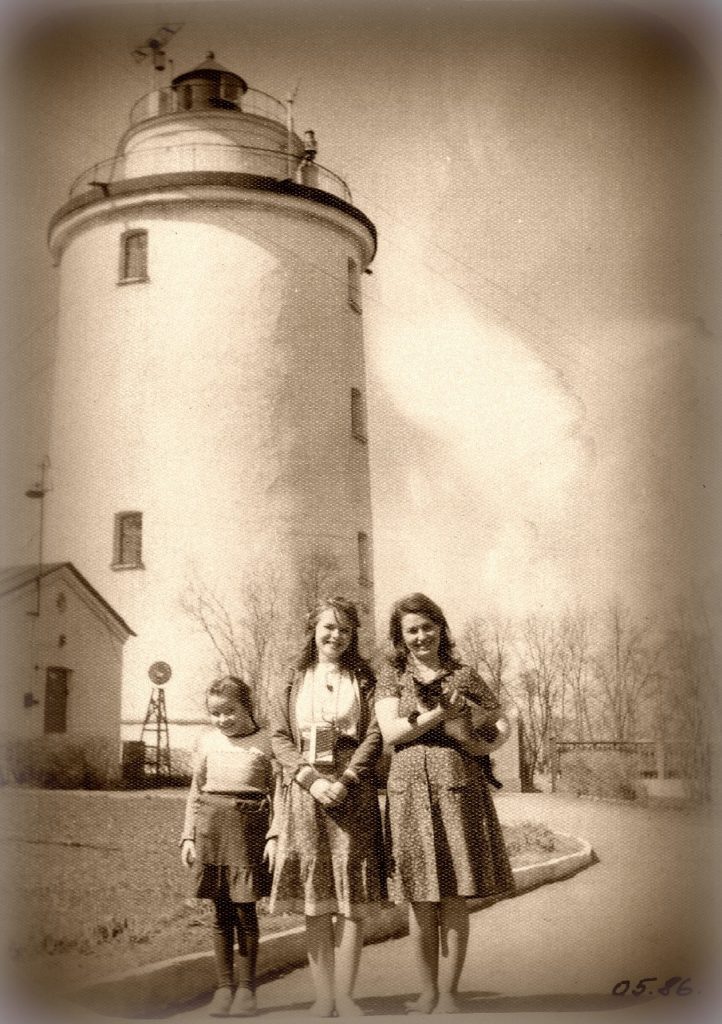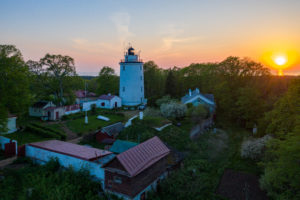“It might sound ridiculous, but so it is,” said Anne-Ly Gross-Mitt, who leased the Suurupi lighthouses from the Estonian Maritime Administration and whose mother had worked as a lighthouse keeper for decades. Although, the lighthouse keeper position was abolished in Estonia as of 2004, the family continued living by the Suurupi lighthouse and had to disappoint many a visitor that stumbled across their front yard, saying that unfortunately the tower was inaccessible. Suurupi Association, formed a dozen years ago, started filling in the necessary paperwork to rent the towers. “We submitted the application in 2010 and in 2017 the upper lighthouse was opened,” said Ms Gross-Mitt, recalling the years-long process. According to her, the red tape made it painstakingly long, because the Administration had to set a precedent: up to then, lighthouses had been leased out to the rural municipality, but this request was submitted by a non-profit organisation. Officials listed many conditions for the lessees, not failing to impose various charges. “We were obligated to make the tower safe for visitors and reposition the state’s power cable to the light house. This cost us 11,000 euros,” stated Adamson. Any work had to adhere to strict heritage conservation requirements, which did not make their undertaking easier.
On Sunday, 30 April 2017, mainland Estonia’s oldest, Suurupi upper lighthouse, opened its doors to visitors. After many years the preparation process came to an end and Harku Municipality got its first tourist destination. Anne-Ly and Kristiina, the daughters of Helle Kares (last Suurupi lighthouse keeper), brought the lighthouse to life for people, who had grown up at the foot of Suurupi upper lighthouse. At the official opening, Tabasalu Music School’s Old Music Ensemble and Suurupi Female Choir “Meretule” performed. Guests included representatives of the Estonian Maritime Administration and the Estonian Lighthouse Society, the former Suurupi lighthouse keepers and representatives of the active associations of our municipality. The ribbon was solemnly cut, and everyone could revamp the lighthouse museum’s exhibits and enjoy the view from the 22-metre-high lighthouse balcony.

Opening Suurupi Lighthouse Front. From left: Kristiina Adamson, Helle Kares, Anne-Ly Gross-Mitt. May 2017
In the summer of 2017, the upper lighthouse was opened to visitors and the first sightseers arrived at 7 o’clock in the morning. “They did not think they had a hope of getting in,” the woman laughed. She admits that from time to time, the front yard fills up with guests, but many are probably still unaware of the opportunity. “The summer must be worse than average for Estonia to receive the most visitors. When the weather is beautiful, people are rather drawn to the beach and only come over in the evening,” continued Adamson.
She does not deny that one reason for leasing the lighthouse was to restrict the onslaught of strangers; after all, both she and her mother live by the lighthouse.
Upon polite requests, admission to the lighthouse may even be granted outside of official visiting hours, but guests tend to observe the advertised opening times. “If you wish to enjoy private property, you must spell it out in capital letters and still tolerate strangers walking in at all hours,” she confessed.
While most visitors arrive in the summer, Adamson reveals that the tower affords the best views in autumn, when the sea and air temperatures are the same, approximately +5 degrees. “This prevents the usual shimmer above the sea and one can even get a glimpse of Hanko (Finnish peninsula – editor), not to speak of the colourful trees,” said Adamson, not sparing kind words about the view. Indeed, the tower offers an impressive view of Naissaar Island, Tallinn TV Tower and the Nõmme Ski Jump Tower.
In addition to beautiful views, people are drawn in by the brochure compiled by the Estonian Lighthouse Society containing all Estonian lighthouses. Most of them are inaccessible and visitors must resort to viewing them from afar, but more and more of them are being opened to visitors. In July 2018, for example, the Sõrve lighthouse in Saaremaa opened its doors.
“We saw many people in 2017, so we managed to cover our costs and prepared the lower lighthouse for opening, but we have not become wealthy,” laughed Adamson.
After six months of preparation works, the lower Suurupi tower finally opened its doors to visitors on 26 May 2018. “If they come anyway, we can now tell them the correct opening times,” added Anne-Ly Gross-Mitt, who resides next to the tower. Although admission to the tower is granted by tickets, Gross-Mitt admits that it cannot be called a business. Their family has the so-called lighthouse-keeper’s gene which compels them to keep it going.
She describes that, at warmer times, larger crowds already start arriving on Thursday afternoons, which annoys their neighbours, who had intended to move to the seaside to enjoy some peace and quiet. “We are located so close to Tallinn that this is inevitable,” said Ms Gross-Mitt, whose family is used to sightseers.
The electrical system had to be reorganised in the lower tower as well, and additional fencing was required to ensure safety to visitors. All these costs were incurred by the lessees. The wooden tower is in desperate need of new overalls, but the Estonian Maritime Administration lacks funds.
Before summer cottages were erected in Soviet times, the two lighthouses were linked by a clearing of a couple of kilometres. “We used to laugh that when we become rich enough, we will build a monorail between the two towers,” joked Gross-Mitt.
They did, however dig out old flagstone stairs by the upper lighthouse during a community activities day in the spring of 2018. This forms part of the forest way, which was used by lighthouse keepers to commute between the two towers in the past.
 Suurupi.Travel
Suurupi.Travel 
